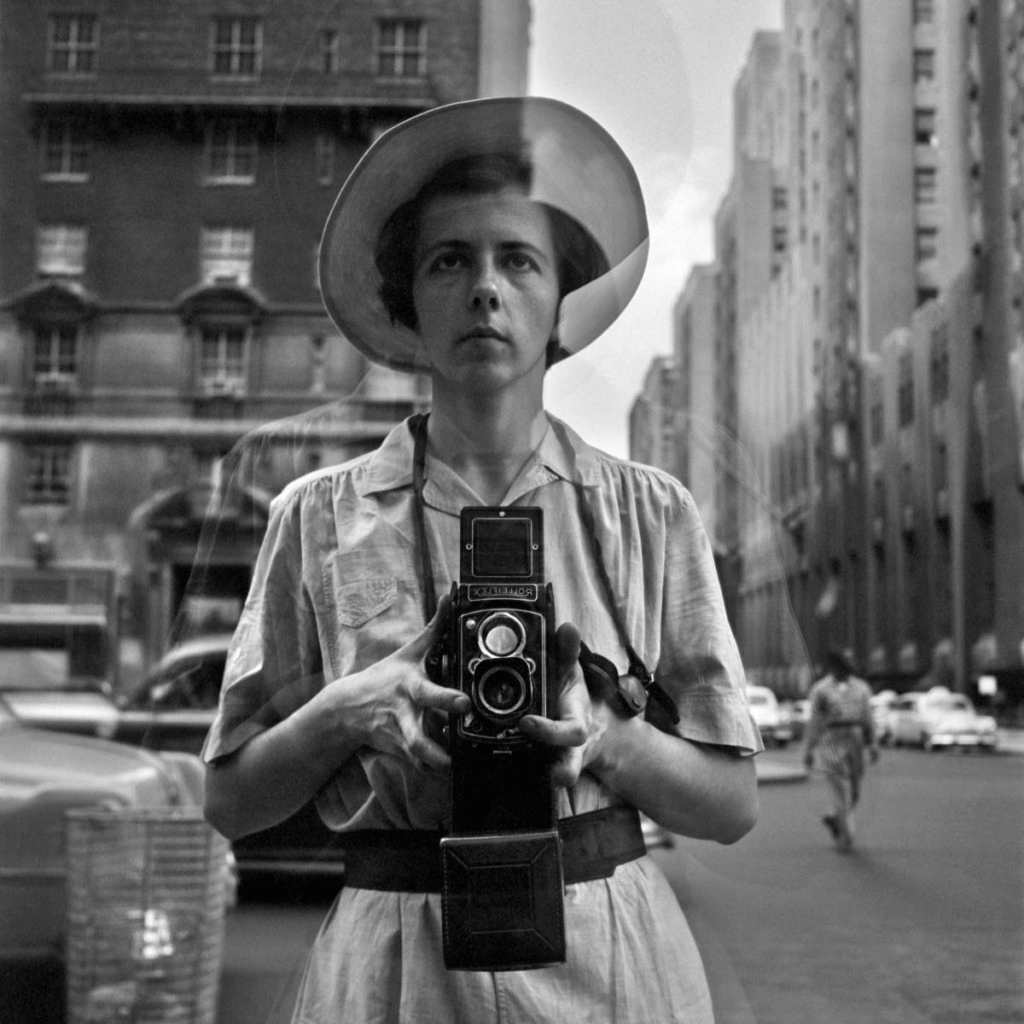Some Known Incorrect Statements About Framing Streets
The Of Framing Streets
Table of Contents4 Easy Facts About Framing Streets ShownThe smart Trick of Framing Streets That Nobody is DiscussingTop Guidelines Of Framing StreetsThe Framing Streets IdeasThe 5-Second Trick For Framing StreetsFraming Streets Can Be Fun For Anyone
Photography style "Crufts Canine Show 1968" by Tony Ray-Jones Road photography (additionally occasionally called honest photography) is photography carried out for art or query that features unmediated opportunity encounters and random incidents within public locations, typically with the purpose of catching images at a definitive or poignant moment by careful framework and timing. 
The Of Framing Streets
Susan Sontag, 1977 Street digital photography can concentrate on individuals and their behavior in public. In this respect, the road professional photographer is comparable to social documentary photographers or photojournalists who also function in public areas, however with the aim of recording relevant events. Any one of these photographers' images may capture people and residential or commercial property noticeable within or from public areas, which often involves browsing moral issues and regulations of personal privacy, security, and residential or commercial property.
Representations of day-to-day public life create a category in practically every period of globe art, beginning in the pre-historic, Sumerian, Egyptian and very early Buddhist art durations. Art taking care of the life of the street, whether within views of cityscapes, or as the leading concept, shows up in the West in the canon of the North Renaissance, Baroque, Rococo, of Romanticism, Realistic look, Impressionism and Post-Impressionism.
Some Known Facts About Framing Streets.
Louis Daguerre: "Boulevard du Temple" (1838 or 1839) In 1838 or 1839 the initial photo of numbers in the street was videotaped by Louis-Jacques-Mand Daguerre in one of a pair of daguerreotype sights extracted from his studio window of the Blvd du Temple in Paris. The second, made at the elevation of the day, reveals an uninhabited stretch of street, while the other was taken at concerning 8:00 am, and as Beaumont Newhall records, "The Blvd, so constantly loaded with a moving bunch of pedestrians and carriages was flawlessly singular, except an individual who was having his boots cleaned.
His boots and legs were well defined, however he is without body or head, since these were in activity." Charles Ngre, waterseller Charles Ngre. https://soundcloud.com/framingstreets1 was the first photographer to acquire the technical refinement needed to register individuals in motion on the road in Paris in 1851. Photographer John Thomson, a Scotsman working with reporter and social lobbyist Adolphe Smith, published Street Life in London in twelve regular monthly installments starting in February 1877
Examine This Report on Framing Streets
Eugene Atget is considered a progenitor, not due to the fact that he was the very first of his kind, yet as a result of the popularisation in the late 1920s of his record of Parisian roads by Berenice Abbott, that was inspired to embark on a similar documentation of New York City. [] As the city created, Atget aided to advertise Parisian streets as a worthy topic for digital photography.

Some Of Framing Streets
Andre Kertesz.'s commonly admired Images la Sauvette (1952) (the English-language edition was labelled The Crucial Minute) promoted the idea of taking an image at what he termed the "crucial moment"; "when kind and web content, vision and structure merged into a transcendent whole" - Best Zoom Lens.
Some Known Factual Statements About Framing Streets
, after more information that an educator of young children, connected with Evans in 193839.'s 1958 publication,, was substantial; raw and typically out of emphasis, Frank's photos questioned mainstream photography of the time, "tested all the formal rules laid down by Henri Cartier-Bresson and Pedestrian Evans" and "flew in the face of the wholesome pictorialism and wholehearted photojournalism of American publications like LIFE and Time".